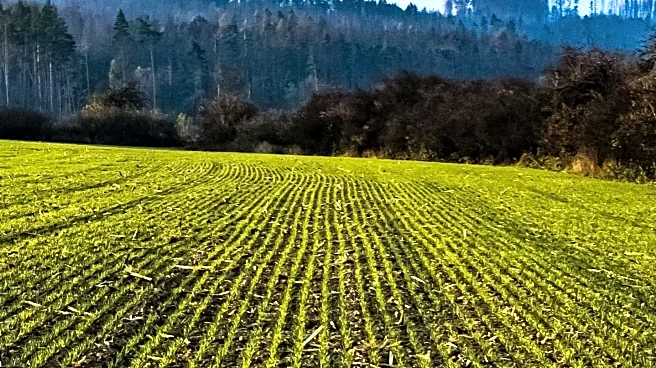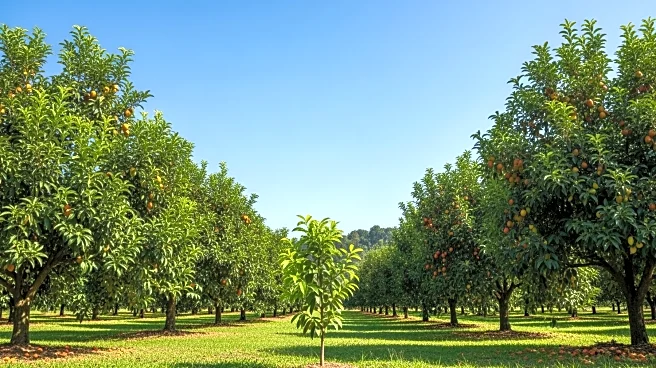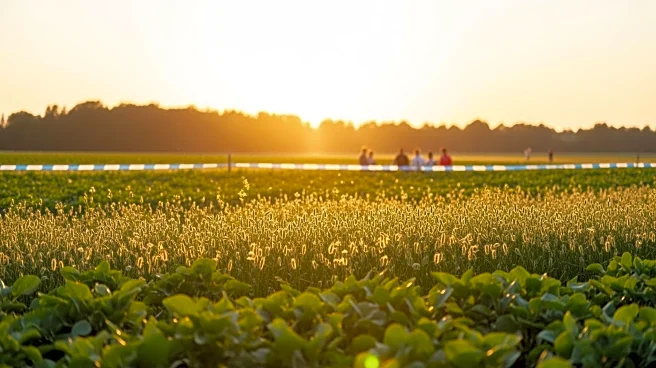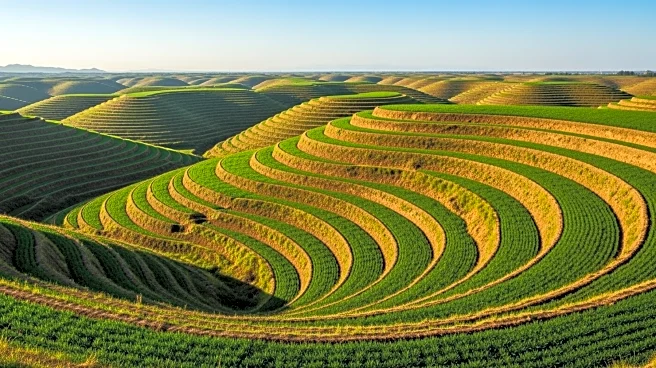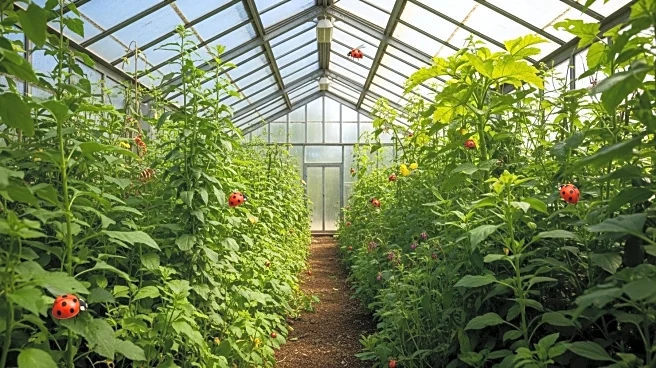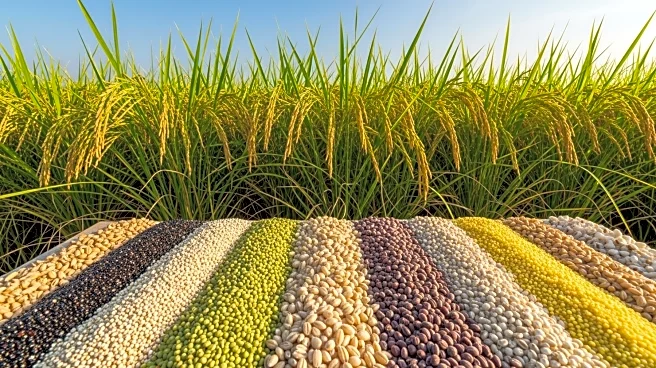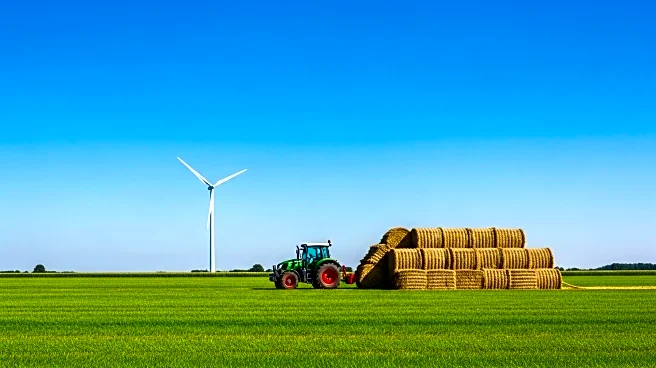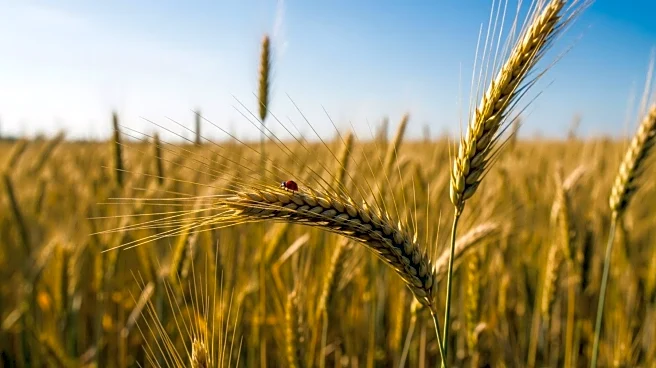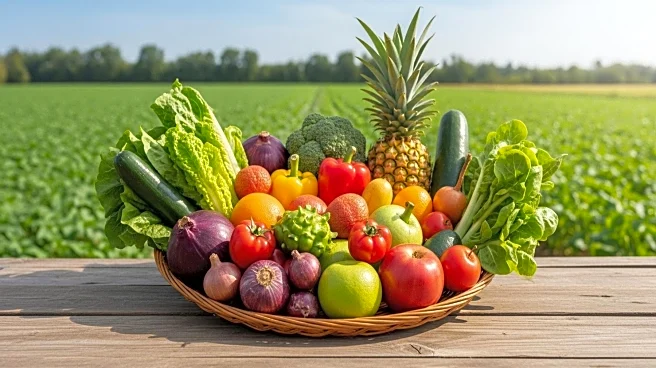What's Happening?
Planting winter cover crops is recommended to enhance soil health and prevent nutrient loss during the colder months. Cover crops such as annual rye grass, hairy vetch, red clover, and winter rye can prevent erosion, suppress weeds, and improve soil nitrogen levels. These crops are not harvested but instead contribute to soil stability and nutrient enrichment. The practice is particularly beneficial for small gardens, helping to absorb carbon dioxide and lock it in the soil, thus contributing to environmental sustainability.
Why It's Important?
Winter cover crops play a crucial role in sustainable agriculture by improving soil health and reducing environmental impact. They help prevent nutrient leaching and erosion, which can degrade soil quality and reduce crop yields. By enhancing soil structure and fertility, cover crops support long-term agricultural productivity and resilience. The practice also contributes to carbon sequestration, helping to mitigate climate change by capturing atmospheric carbon dioxide. Promoting cover crop planting aligns with broader efforts to adopt sustainable farming practices and protect natural resources.
What's Next?
Gardeners and farmers are encouraged to integrate cover crops into their planting schedules, considering the specific needs of their soil and climate conditions. Educational initiatives may be launched to raise awareness about the benefits of cover crops and provide guidance on effective planting strategies. Research into cover crop varieties and their impact on soil health could lead to further innovations in sustainable agriculture. As interest in environmental sustainability grows, cover crop planting may become a standard practice in both small-scale and commercial farming.
Beyond the Headlines
The use of cover crops highlights the interconnectedness of agriculture and environmental health, emphasizing the need for holistic approaches to land management. As climate change impacts agricultural systems, practices like cover crop planting offer a way to enhance resilience and sustainability. The broader adoption of such practices could influence agricultural policy and funding, supporting initiatives that prioritize ecological balance and resource conservation.
